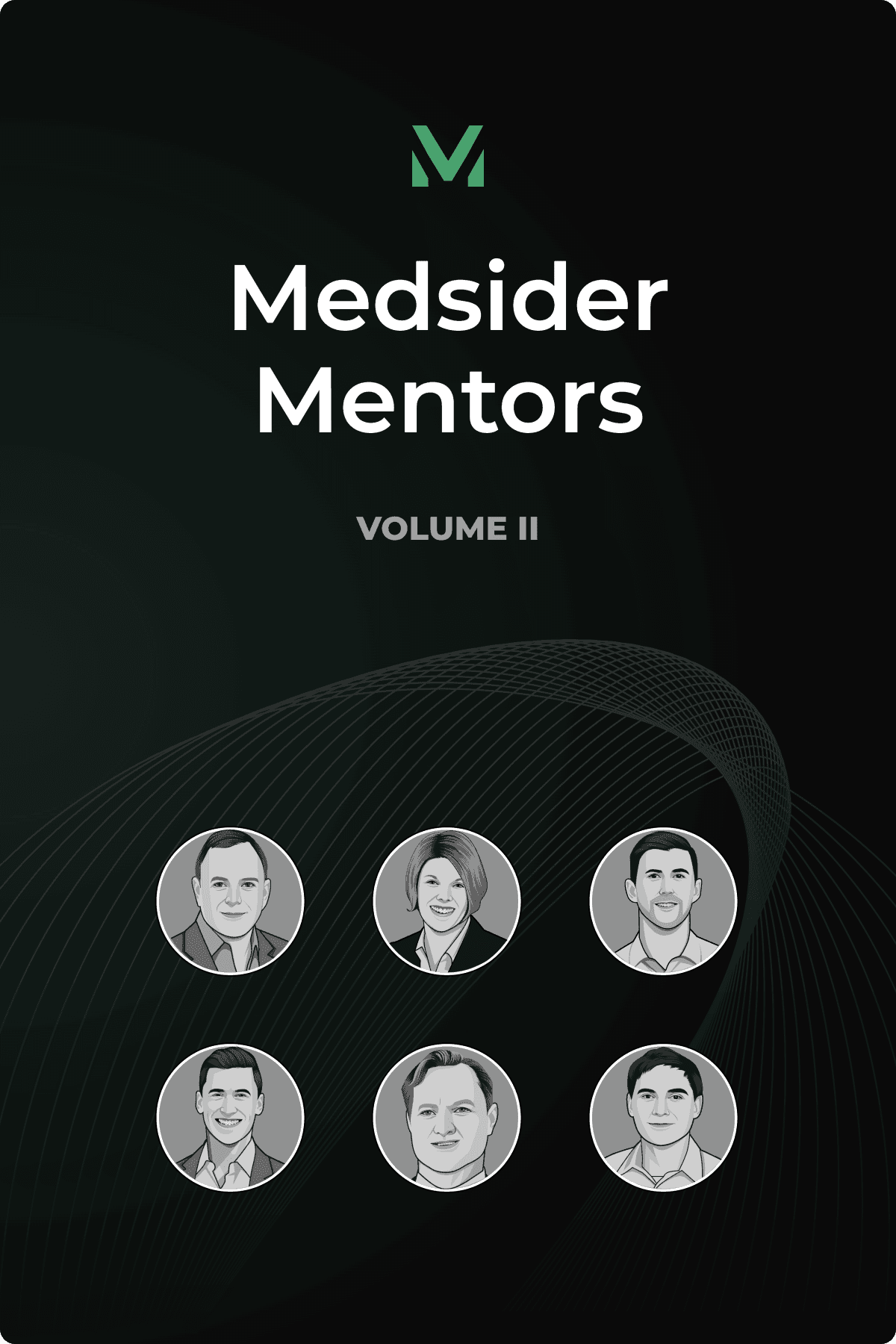The 3 Pillars of a Successful Medical Device Startup
Interview With Clarius CEO Ohad Arazi

Clarius is a Canadian health technology firm that aims to provide medical professionals across various specialties and settings with accurate, easy-to-use, and affordable ultrasound tools. The company’s platform employs high-performance ultrasound imaging, cloud data, and artificial intelligence to enhance patient care and medical imaging.
Ohad Arazi, the President and CEO of Clarius, has an extensive technology background with over 20 years of experience in the digital health, medical device, and telecommunications industries as an entrepreneur, public company executive, and CEO.
In this interview, he shares Clarius’ innovative ultrasound technology and how he’s leveraged his startup technology experience to continue the company’s impressive growth three years in a row.
Key Learnings from Ohad’s Experience
To build a product that truly meets the needs of your target market, it’s critical that you understand its must-have features from a functional, clinical, and financial perspective.
Have a clear understanding of the regulatory and reimbursement pathways and be able to effectively communicate them when pitching to investors. Also, understand the surrounding tools and infrastructure that make it easy for your target audience to adopt your product.
Your channel strategy is crucial and needs to be approached soberly and with intellectual honesty. As a startup, you sometimes need to leave the beaten path and disrupt the legacy market to generate revenue quicker.
You May Like These Articles
Medsider Premium
Become a premium member and unlock access to exclusive Medsider benefits.



